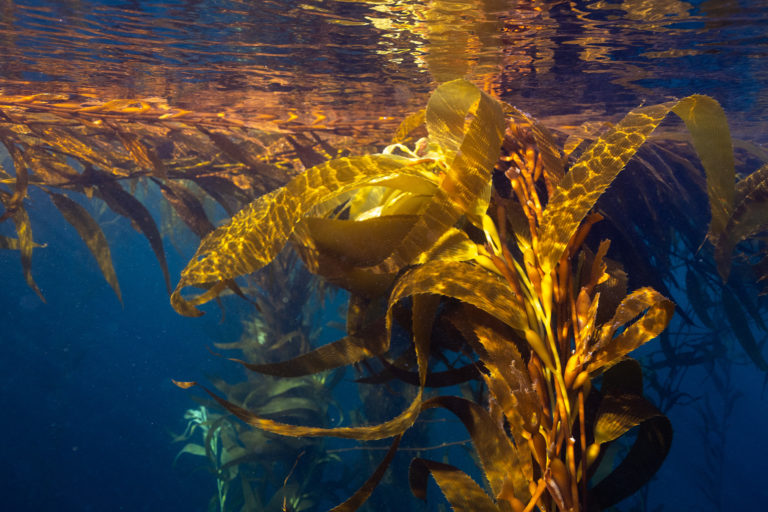An invasive plant disease may be ready to claim its first victim in the wild with Australia’s native guava now almost extinct, a study has found.
Monitoring of 66 populations of native guava in Queensland and New South Wales has found 23% “could not be located” with another 61% reduced only to root suckers below a dead canopy.
The fungal plant disease myrtle rust was first detected in Australia in 2010, but already has more than 350 known hosts across the country.
Dr Rod Fensham, lead author of the study in the journal Trends in Ecology and Evolution, said there were only a handful of native guava now left in the wild.
“They are the living dead,” he said. “I’m shocked because I don’t like to see things going extinct.”
Plant ecologists have held serious concerns over the impacts of myrtle rust since it was detected at a new South Wales nursery in 2010.
In early 2019 Guardian Australia revealed calls for an emergency national action plan to respond to the disease.

Myrtle rust attacks trees in the myrtacae family which, in Australia, includes more than 2,000 species.
As an insurance policy, about 80 native guava have been cultivated and planted at two garden sites in southern Queensland run by Toowoomba Regional Council.
Ian Thompson, Australia’s chief environmental biosecurity officer, said the disease was one of the most significant to enter the country.
He said: “This research has highlighted the existing and potential impact of myrtle rust on many native species and underlines the importance of working to prevent new diseases entering and establishing in Australia.”
Fensham, an associate professor at the University of Queensland, said myrtle rust could produce trillions of wind-blown microscopic spores, making it highly contagious and hard to contain.
“It is particularly catastrophic for many rainforest species like the native guava, and could change the nature of some of our rainforests.”
Since monitoring native guava in 2010, Fensham said plants had died at all 66 sites except one population in a national park at Byron Bay, NSW, where 10 plants remained.
An earlier survey in 2014 had found that half of all individual trees across 18 sites had been killed within three years of myrtle rust arriving.
Fensham said containment and eradication had “so far been unsuccessful” and a search was now on for strains of the plant that may be more resistant to the disease.
The tree was once common in subtropical rainforests across a 1,000-kilometre range from to Gympie in Queensland to Newcastle in New South Wales.
“People remember native guava being so thick that you couldn’t walk through it – it was once extremely common,” said Fensham.
The study explained that native guava had evolved to be able to grow quickly in areas disturbed by impacts such as cyclones, but this role was likely to be taken up by the invasive lantana. In turn, lantana had the ability to “render fire-retardant dry rainforest flammable.”
“The loss of native guava and replacement by lantana will increase the flammability of rainforests,” the study said.
Local extinctions of native guava would have a knock-on effect on more than 100 species of insects and their interactions with flowering plants.
A disease such as myrtle rust had the potential to have the same impact on Australia’s flora as feral cats and foxes had on the country’s fauna, he said.
Botanist Bob Makinson, a myrtle rust expert with the Australian Network for Plant Conservation, said there was evidence that even though the native guava trees were dying, their root systems were still pushing up suckers almost a decade later.
“They keep pushing up root suckers, but they get knocked back pretty quick. But that means more of the original stock of trees is still out there.”
Makinson said more work needed to be done to investigate the small numbers of trees that were surviving, “to see if there’s any resistance traits out there” that could help push a natural recovery.
“Myrtle rust is undoubtedly serious and we are still likely to lose some species and see some serious ecological change in some places.”


